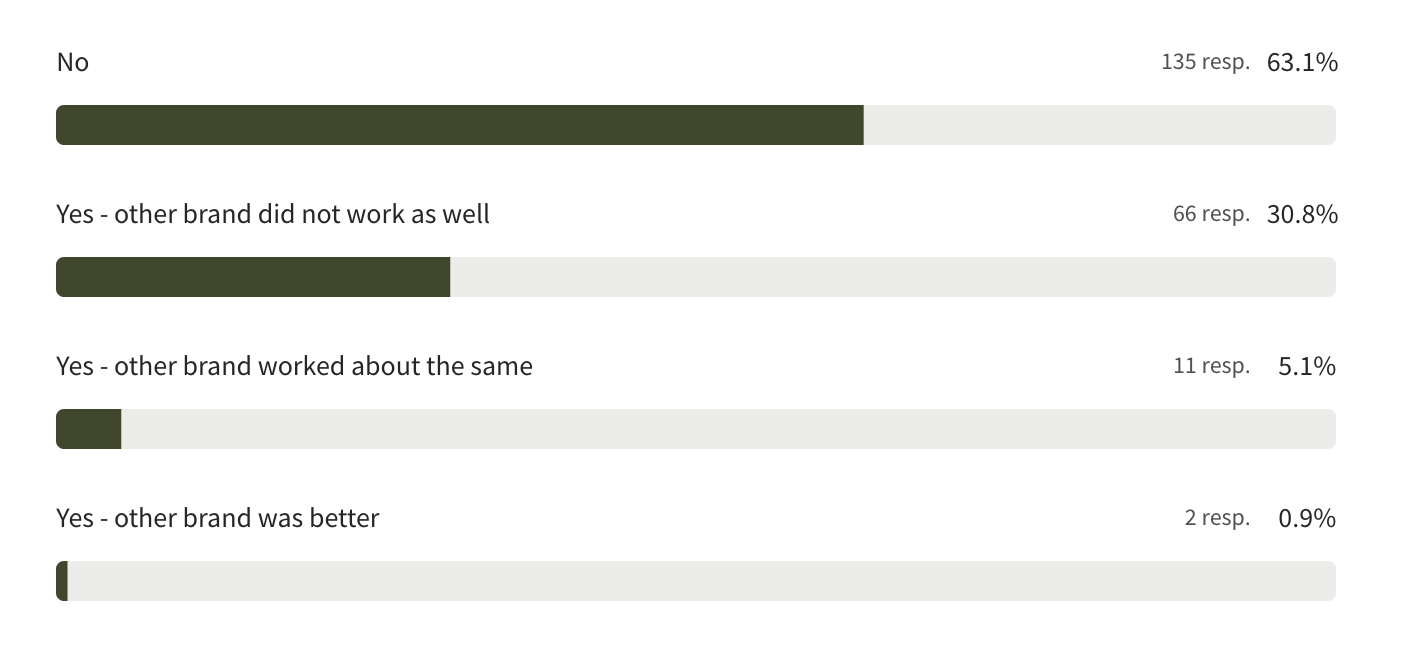Managing blood sugar levels is a cornerstone of good health, especially for those with diabetes, prediabetes, or insulin resistance. While diet and medication play vital roles, the timing of exercise is emerging as a game-changer in optimising blood sugar control. Recent research sheds light on when to move your body for maximum benefit—and the answer might surprise you.
The Science Behind Exercise and Blood Sugar
Exercise enhances insulin sensitivity and helps muscles absorb glucose more efficiently, reducing blood sugar levels. But it’s not just how you exercise—it’s when. According to studies published in journals such as Diabetologia and The Journal of Clinical Endocrinology & Metabolism, working out in the afternoon or evening may have a more pronounced effect on blood sugar regulation than morning sessions.
Why Afternoon or Evening Exercise Works
-
Better Insulin Sensitivity Later in the Day:
Our bodies naturally experience fluctuations in insulin sensitivity throughout the day. Research suggests insulin sensitivity tends to peak in the afternoon and early evening, meaning your body may process glucose more effectively during this time. -
Improved Glucose Uptake:
Exercising after meals, especially dinner, can significantly reduce postprandial (after-meal) blood sugar spikes. This is particularly important for people managing type 2 diabetes or prediabetes. -
Hormonal Advantages:
Cortisol, a stress hormone that can raise blood sugar levels, is typically higher in the morning. Exercising in the evening avoids this peak, creating a more favourable environment for blood sugar regulation.
Study Spotlight
In one recent study, participants with prediabetes who exercised in the afternoon (between 3 PM and 6 PM) showed improved glucose tolerance compared to those who exercised in the morning. Evening exercisers also experienced better insulin sensitivity and reduced blood sugar levels overnight—a critical factor for those with conditions like type 2 diabetes.
Another study found that individuals engaging in post-dinner walks saw significant reductions in their blood sugar compared to those who exercised earlier in the day. These findings highlight the role of timing in blood sugar management and the potential for tailoring exercise routines to the body’s natural rhythms.
Practical Tips for Timing Your Workouts
If you’re looking to improve your blood sugar control through exercise, consider the following:
-
After Meals: A 15- to 30-minute walk after lunch or dinner can dramatically reduce post-meal blood sugar spikes.
-
Strength or Cardio in the Afternoon: Resistance training or high-intensity interval training (HIIT) sessions in the late afternoon (around 3 PM to 6 PM) can provide optimal benefits.
-
Listen to Your Body: While afternoon and evening workouts may work best for blood sugar, consistency is key. Choose a time that fits your schedule and energy levels.
Don’t Forget the Basics
Regardless of timing, exercise offers numerous benefits beyond blood sugar control. Regular physical activity supports cardiovascular health, weight management, and mental well-being. For those with limited time, even light activities like stretching, yoga, or brisk walking can make a meaningful difference when done regularly.
The Bottom Line
Timing your exercise for the afternoon or evening could give your blood sugar the extra boost it needs, especially if you’re struggling with insulin resistance or post-meal spikes. While it’s always important to exercise when it’s most practical for your lifestyle, aligning your workouts with your body’s natural rhythms can unlock additional health benefits.
Whether it’s a post-dinner walk or an afternoon strength session, the clock may be your greatest ally in managing your blood sugar. So, lace up your sneakers, and get moving.









Leave a comment
All comments are moderated before being published.
This site is protected by hCaptcha and the hCaptcha Privacy Policy and Terms of Service apply.